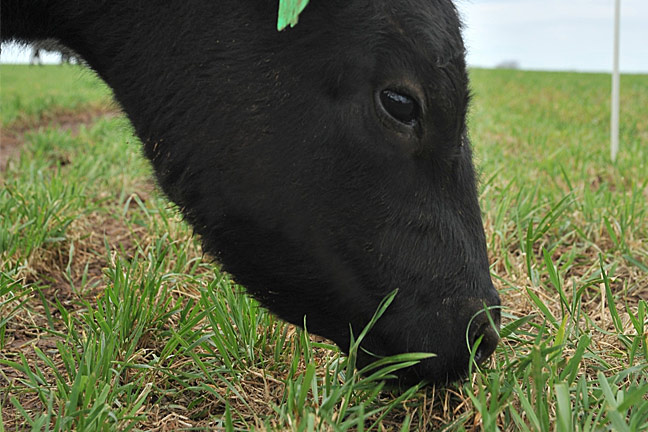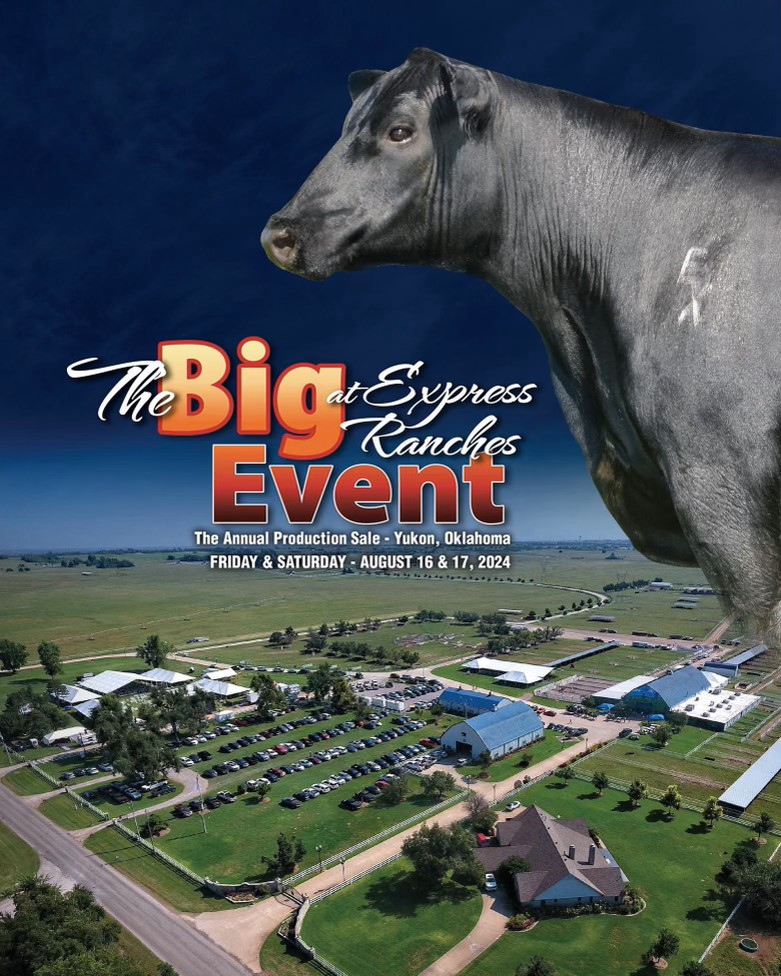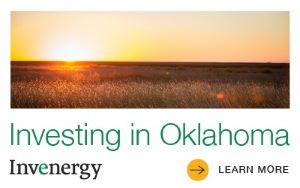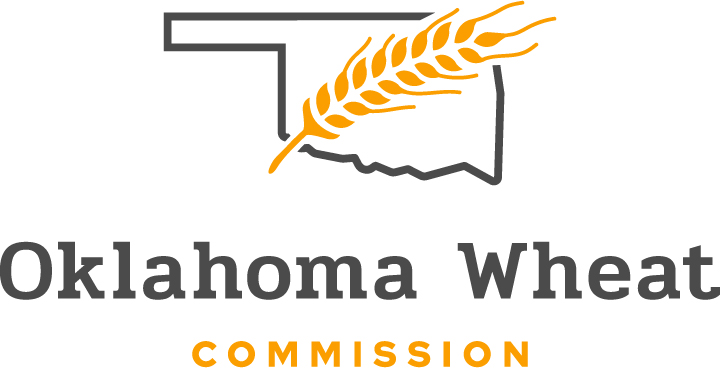
Agricultural News
Peel Excited For Winter Wheat Grazing Prospects This Fall
Mon, 22 Sep 2014 10:49:35 CDT

Derrell S. Peel, Oklahoma State University Extension Livestock Marketing Specialist, writes in the latest Cow/Calf Corner newsletter.
Winter wheat grazing prospects in the Southern Plains are the best in several years; at least as indicated by winter wheat plantings. The September 15 Crop Progress report showed Oklahoma with 14 percent of wheat planted, up from seven percent the week prior and above the 2009-2013 average for the date of six percent. This week's report is expected to show another big jump in wheat plantings. I traveled through southeastern Colorado and across the Oklahoma Panhandle and northern Oklahoma last week. A significant amount of winter wheat is planted and up in southeastern Colorado and the Oklahoma Panhandle. There was lots of activity as a minority of fields not yet planted were being prepared for planting with the majority of acres in the process of planting or already planted.
In the last 30 days, the Panhandle has received 2.31 inches of moisture, 117 percent of normal for the time period according to the Oklahoma Mesonet. Coming across northern Oklahoma, from Woodward east towards I-35, it is considerably drier, confirmed by Mesonet with the north central region having received 67 percent of normal precipitation for the past thirty days. Planting progress is not as advanced in this region compared to the Panhandle. Other regions of the state have generally adequate moisture, though the south central region has only received 69 percent of normal moisture in the past 30 days. Overall, wheat planting seems to be progressing faster than any time in the past five years.
A relative abundance of wheat pasture this fall may be in contrast to extremely tight supplies of available stocker cattle. Wheat pasture grazing values may be pressured as more wheat acres chase a limited number of stockers. At the same time, stocker demand is likely to add additional support to calf prices this fall. This fall may bring together the best opportunity for winter wheat grazing in several years with both forage availability and favorable economics. This assumes, of course, that moisture conditions do not turn dry this fall, which remains a distinct risk. The Drought Monitor is a reminder that marginal drought conditions remain across the Southern Plains and, while timely rains this summer have improved conditions considerably, any interruption of timely moisture would permit drought conditions to rebuild quickly.
Some producers and lenders are questioning whether current stocker economics are, indeed, favorable. It is easy to look at high stocker purchase prices and the rollback to feeder prices and conclude that stocker budgets will not work. It's worth examining closer. Last week, the seven-market average price of 478 pound steers in Oklahoma was 277.99/cwt., which means an initial cost of $1329/head. An 822 pound steer had an average price of $223.10/cwt. or $1834/head. That is a gross margin of $505/head on 344 pounds of gain or a value of gain of $1.47/pound. The remaining budget items will determine what the final profit potential is but this gross margin suggests a favorable window of opportunity for stocker grazing. This example illustrates two important points in the current market. First, price level is not the most important factor affecting profitability in a margin business and, second, traditional rules of thumb about price rollback do not apply in the current market. Historically, a price rollback of nearly $55/cwt. (from the previous example) between the purchase and sale price of stockers suggested a poor value of gain. However, the price rollback is, in part, a function of absolute price levels so the result at current record prices is a good value of gain despite the big rollback in purchase relative to sales price.
Certainly there are plenty of stocker production challenges this fall. The rollback discussion is also what is driving abnormally strong feeder cattle basis levels. Feeder futures remain at a discount, especially for deferred contracts so anticipating spring feeder sales price is difficult. The strong feeder basis is likely to continue and spring feeder prices will likely be higher than currently suggested by Feeder futures and historical basis levels. Health and nutritional management is paramount to minimize risk of death loss and poor performance of stocker cattle. The value of gain extends into heavy feeders, up to 1000 pounds, so stocker producers have flexibility to evaluate a wide range of purchase weights, quality and gender of cattle, and target ending weights.
WebReadyTM Powered by WireReady® NSI
Top Agricultural News
More Headlines...




















